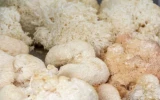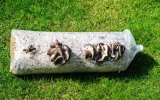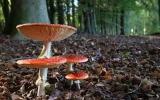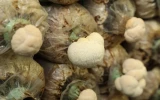Fool-Proof Sawdust Spawn Recipe You Can Make at Home
One crucial step to growing mushrooms at home is creating your sawdust spawn, which is essentially the mushroom's "seed" and is used to inoculate the growing substrate. Whether you're a seasoned mushroom grower or a complete beginner, this recipe will guide you through the process step-by-step, ensuring successful results every time, right in the comfort of your home.
To make your sawdust spawn, sterilize the sawdust in a large pot by boiling it for an hour or baking it in the oven. Then, inoculate it with the grain spawn in sterile jars and allow it to colonize for a few weeks. Once fully colonized, the sawdust spawn is ready to be used to inoculate your chosen substrate.
With this fool-proof sawdust spawn recipe, you can easily create your spawn at home. Now let's discover the ways you can use sawdust spawn, the challenges to making it, and the best sawdust spawn for different types of mushrooms.
Summary
- To make your sawdust spawn at home, you'll need a few basic materials, including hardwood sawdust, a grain spawn of your desired mushroom species, and some basic kitchen equipment, such as a large pot, a pressure cooker, and sterile jars with lids.
- Sterilize the sawdust in a large pot by boiling it for an hour or baking it in the oven, then inoculate the sawdust with your grain spawn in sterile jars and allow it to colonize for a few weeks.
- This recipe is simple, easy to follow, and most importantly, fool-proof, making it the perfect starting point for anyone looking to grow mushrooms at home.
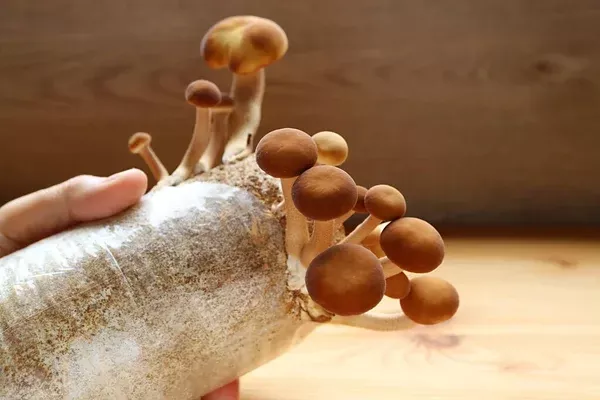
On this page:
How to Make Sawdust Spawn at Home
Here is a simple recipe for making sawdust spawn at home:
Materials needed to make sawdust spawn:
- Sawdust (hardwood, preferably oak or maple)
- Spawn (mushroom mycelium)
- Large pot or pressure cooker
- Grain or potato flakes (optional)
Instructions for making sawdust spawn at home:
-
Sterilize the sawdust by boiling it in a large pot or pressure cooker for 30 minutes to an hour. This will kill any bacteria or fungi that may be present.
-
After sterilizing, drain off any excess water and let the sawdust cool to room temperature.
-
Mix in the spawn, making sure to evenly distribute it throughout the sawdust. You can use a ratio of 5–10% spawn to sawdust.
-
If desired, you can also mix in some grain or potato flakes to help the mycelium spread more easily.
-
Pack the sawdust-spawn mixture into a container with holes or slits for air exchange. You can use plastic bags with holes or jars with perforated lids.
-
Incubate the sawdust spawn at a temperature between 65 and 75°F (18 and 24°C) for 2–4 weeks, or until the mycelium has colonized the sawdust.
-
Once fully colonized, the sawdust spawn can be used to inoculate logs, straw, or other substrates for growing mushrooms.
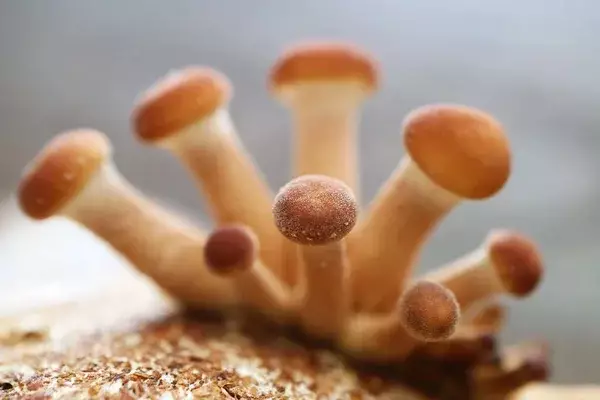
What Sawdust Spawn is Best for Mushroom
The type of sawdust spawn that is best for growing mushrooms depends on the species of mushroom you want to cultivate, as different mushroom species have different substrate preferences. Here are a few examples:
-
Oyster mushrooms can be grown on a variety of substrates, including hardwood sawdust, straw, and coffee grounds. Sawdust spawn made from oak, alder, or beech sawdust is often recommended for oyster mushrooms.
-
Shiitake mushrooms prefer hardwood sawdust as a substrate, with oak and sweetgum being popular choices. Sawdust spawn made from these types of hardwoods is typically used for shiitake cultivation.
-
Lion's Mane mushrooms prefer hardwood sawdust and are often grown on oak, beech, or maple sawdust. Sawdust spawn made from these hardwoods is typically recommended for lion's mane cultivation.
-
Reishi mushrooms are often grown on hardwood sawdust, with oak and maple being popular choices. Sawdust spawn made from these hardwoods is typically used for Reishi cultivation.
Common Ways to Use Sawdust Spawn
Sawdust spawn is used to inoculate substrates for growing mushrooms. Here are some common ways to use sawdust spawn:
Using sawdust spawn for inoculating logs
One of the most popular uses for sawdust spawn is to inoculate hardwood logs for growing shiitake mushrooms. Sawdust spawn can be used to inoculate logs for mushroom cultivation, a process known as "log cultivation."
-
Select logs that are healthy, free of cracks, and have a diameter of around 4–8 inches. Logs that have been cut in the winter and stored in a shady, moist area are ideal.
-
Use a drill and a 5/16-inch drill bit to make holes in the logs, spaced about 6 inches apart and staggered in a diamond pattern. The holes should be about 1–2 inches deep.
-
Fill the holes with sawdust spawn, tapping the spawn into the holes with a hammer or wooden dowel.
-
Cover the holes with wax or cheese wax to seal them and prevent contamination.
-
Store the logs in a shady, moist area for 6–12 months, depending on the species of mushroom and growing conditions. During this time, the spawn will colonize the log and form a network of mycelium.
-
After the incubation period, "force-fruit" the logs by soaking them in water for 24–48 hours, then moving them to a shady area with good air circulation. The mushrooms should start to appear within a few weeks.
Inoculating straw or other agricultural waste
Sawdust spawn can also be used to inoculate other substrates, such as straw or agricultural waste, for growing oyster mushrooms. The sawdust spawn is mixed with the substrate and then packed into bags or containers for incubation.
Using sawdust spawn for inoculating compost
Sawdust spawn can also be added to compost to grow mushrooms. The compost provides a nutritious substrate for the mycelium to colonize and produce mushrooms.
Using sawdust spawn for starting new cultures
Sawdust spawn can also be used to start new cultures of mushroom mycelium. The sawdust spawn is added to a new substrate, such as more sawdust or grain, and allowed to colonize it over several weeks. This can be repeated multiple times to produce more mycelium for use in other projects.
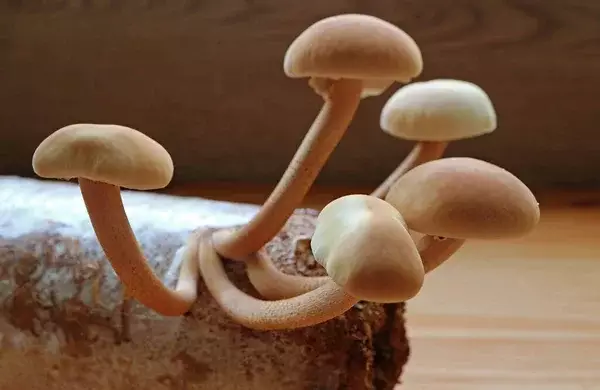
Challenges of Making A Fool-Proof Sawdust Spawn
While making a fool-proof sawdust spawn recipe at home has many advantages, there are also some potential disadvantages to consider. Here are a few:
-
Making sawdust spawn at home requires some basic equipment, such as a large pot or pressure cooker, as well as a clean and sterile workspace. If you don't have the necessary equipment or space, you may need to invest in some additional tools or find a suitable location to work.
-
Making sawdust spawn at home can be a time-consuming process, especially if you're working with large batches. Sterilizing the sawdust and incubating the spawn can take several hours or even days, depending on the amount you're working with.
-
When making sawdust spawn at home, there's always a risk of contamination from other bacteria or fungi. To minimize this risk, it's important to work in a clean and sterile environment and follow the proper procedures for sterilization and inoculation.
-
While making sawdust spawn at home is relatively simple, there is still a learning curve involved. It may take some trial and error to get the recipe and technique right, especially if you're new to mushroom cultivation.
-
Making sawdust spawn at home is generally best suited for small-scale projects. If you need to produce a large quantity of spawn, it may be more efficient to purchase it from a supplier.
What Is Sawdust Spawn
Sawdust spawn is a type of mushroom spawn that is made by mixing mushroom mycelium with sterilized sawdust. The mycelium is the vegetative part of the mushroom, and it is what grows and colonizes the substrate, eventually forming the fruiting body that we recognize as a mushroom.
Sawdust spawn is a popular option for growing a variety of mushroom species, including shiitake, oyster, and lion's mane mushrooms. It can be made at home using a simple recipe and basic equipment.
